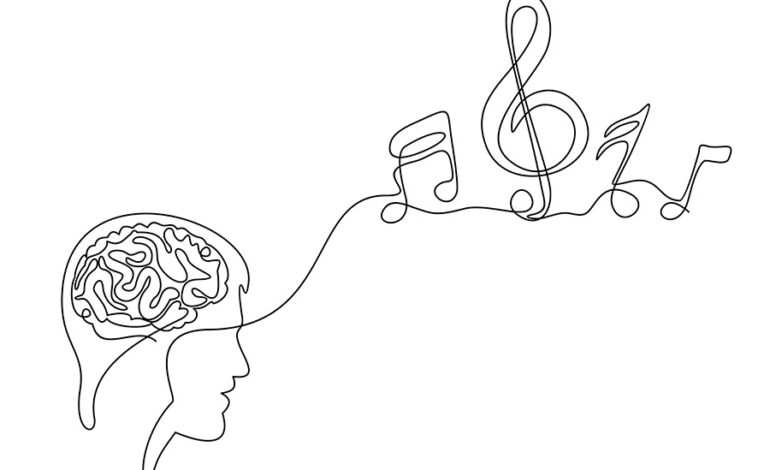Study Reveals How Musical Training Enhances Attention Skills

Researchers at the Massachusetts Institute of Technology (MIT) have uncovered how musical training enhances attention skills, providing insights into the brain’s ability to filter sound. A recent study led by Cassia Low Manting, a former postdoctoral researcher at MIT’s McGovern Institute for Brain Research, utilized brain imaging to observe how individuals focus on specific sounds in a noisy environment. The findings, published in the journal Science Advances on September 17, 2023, indicate that those with musical backgrounds are better equipped to concentrate on target melodies when competing sounds are present.
The research team, which included MIT Professor John Gabrieli and former McGovern Institute head Dimitrios Pantazis, found that participants with musical training demonstrated a heightened ability to follow a particular melody while another played simultaneously. This advantage appears to stem from enhanced neural mechanisms in musicians that amplify relevant sounds while suppressing distractions. “People can hear, understand, and prioritize multiple sounds around them that flow on a moment-to-moment basis,” Gabrieli stated, highlighting the study’s contribution to understanding auditory attention.
Examining the Impact of Musical Training
The study involved participants with diverse musical experiences, ranging from professional musicians to those with little to no training. This variation allowed researchers to examine how experience influences auditory attention. Manting noted, “Musicians are very fun to study because their brains have been morphed in ways based on their training.”
One significant challenge in this research was isolating brain responses to specific sounds amidst the myriad of auditory stimuli. Traditional neuroimaging techniques often fail to differentiate between the brain’s reactions to sounds that listeners wish to focus on versus those they aim to ignore. To address this, Manting and her colleagues employed a method called frequency tagging. This technique involved oscillating the volume of each melody, allowing researchers to link specific brain activity to either the higher-pitched or lower-pitched sound.
“When you play these two sounds simultaneously and record the brain signal, you can say this 39-Hertz activity corresponds to the lower-pitch sound and the 43-Hertz activity corresponds to the higher-pitch sound,” Manting explained. This clarity of brain response enabled the team to track how study participants reacted to each melody during experiments.
Participants were instructed to focus on either the higher or lower-pitched melody and later asked about the concluding notes of the target tune. The researchers enhanced the difficulty of the task by adjusting the pitches of the melodies and the timing of the notes. A survey assessing each participant’s musical experience further demonstrated that individuals with greater musical training performed better in tracking the target tune.
Understanding Attention Mechanisms in the Brain
The analysis revealed distinct brain activity patterns associated with two types of attention: top-down and bottom-up. Top-down attention involves a conscious focus on a goal, while bottom-up attention is driven by the inherent qualities of a sound, such as volume or abruptness. The distracting melody in the study triggered bottom-up attention, but this response varied among participants.
“The more musical someone is, the better they are at focusing their top-down selective attention, and the less the effect of bottom-up attention is,” Manting noted. This suggests that musicians’ enhanced capacity for top-down attention might be beneficial in other contexts, such as following conversations in noisy environments.
Manting speculated on the possibility that musicians might find it more challenging to filter out sounds from their own instruments. As a pianist and player of the Chinese harp, she likened hearing these instruments to someone calling her name. This aspect of musical training and its effects on cognitive functions is a direction she intends to explore further in her research.
The collaboration between MIT and the Karolinska Institute in Sweden, where Manting is currently based, reflects ongoing efforts to deepen understanding of how auditory experiences shape cognitive processes. With this study, researchers have laid the groundwork for future investigations into the intricate relationships between musical training and attention mechanisms.






